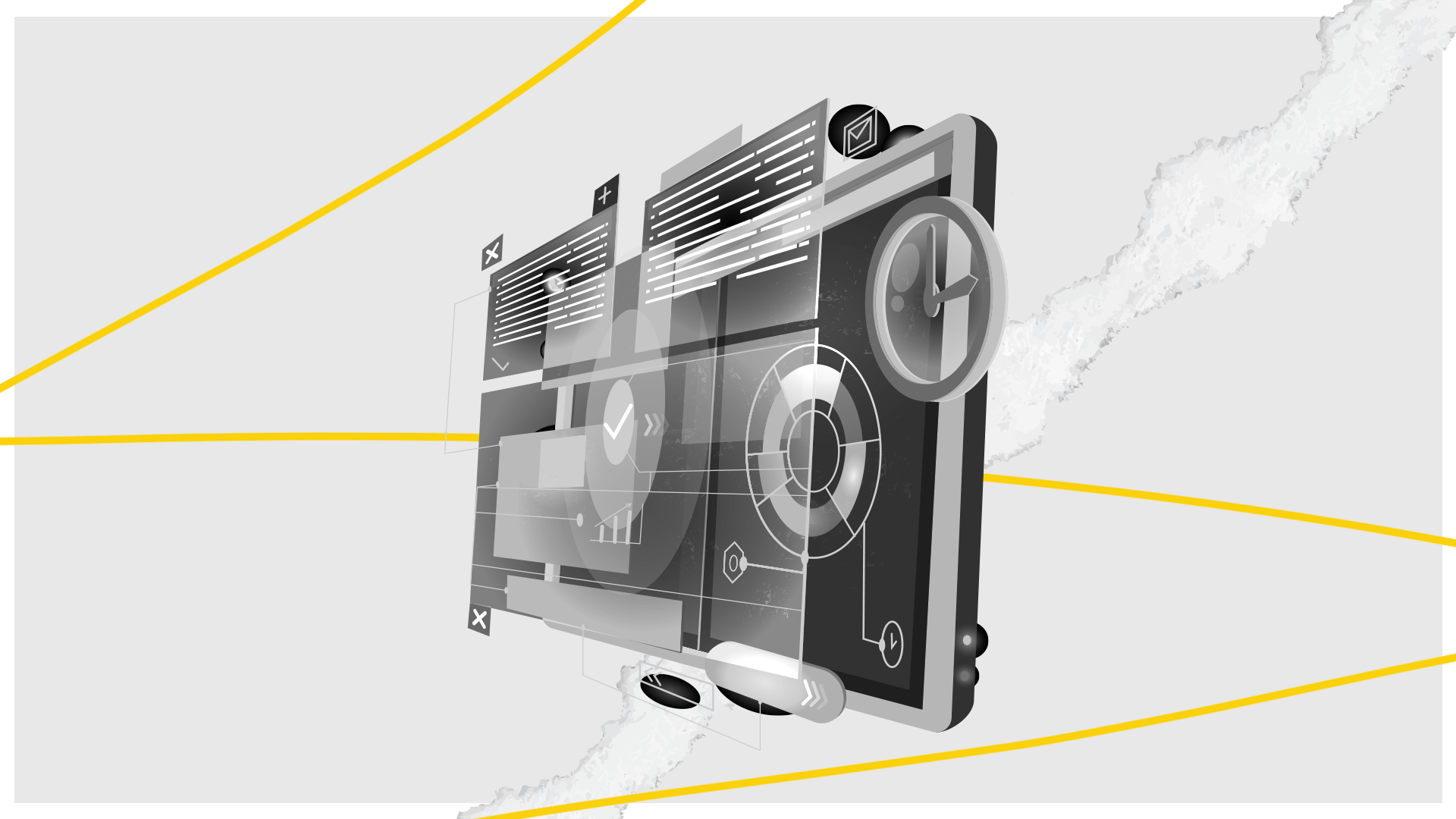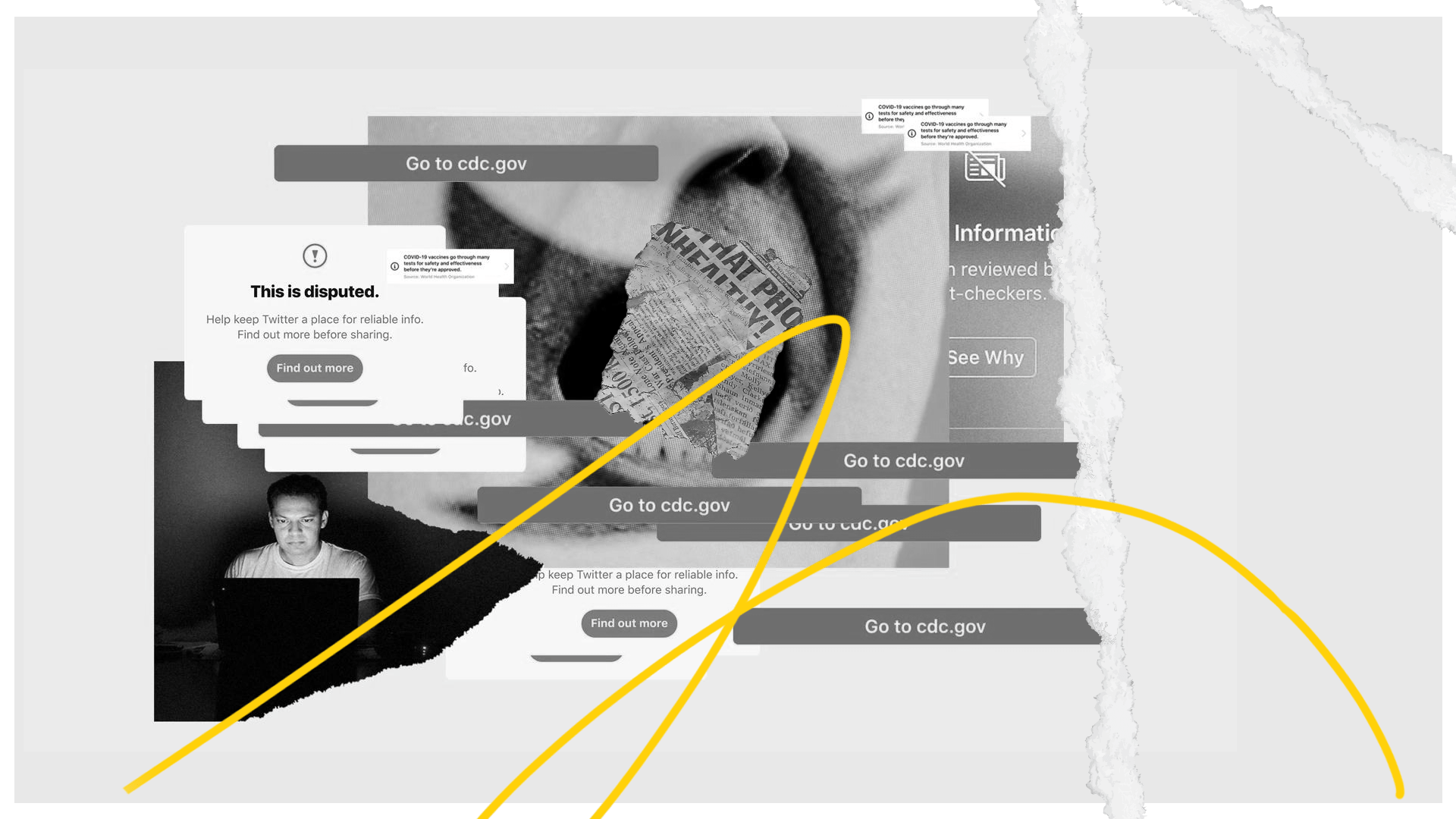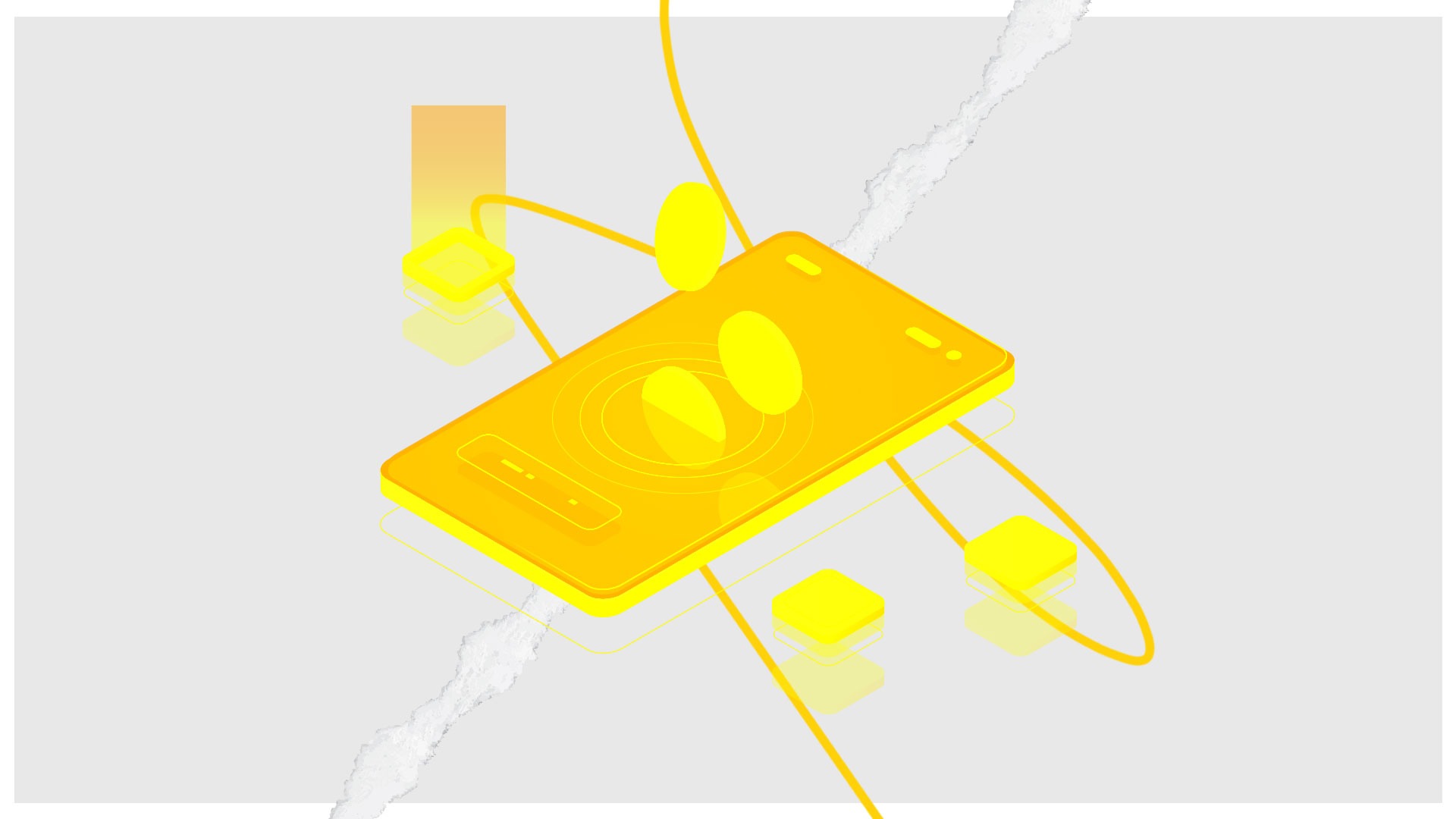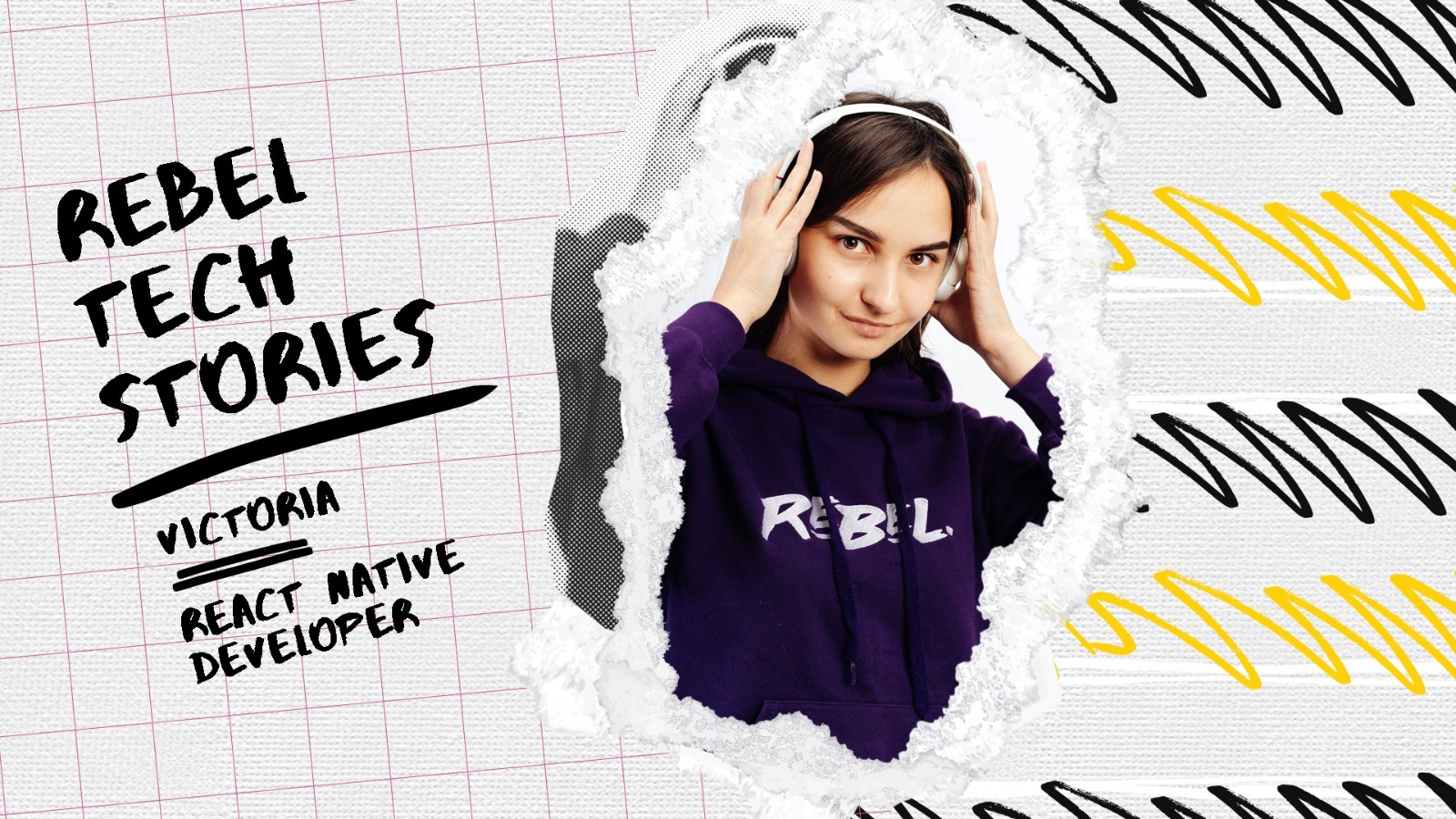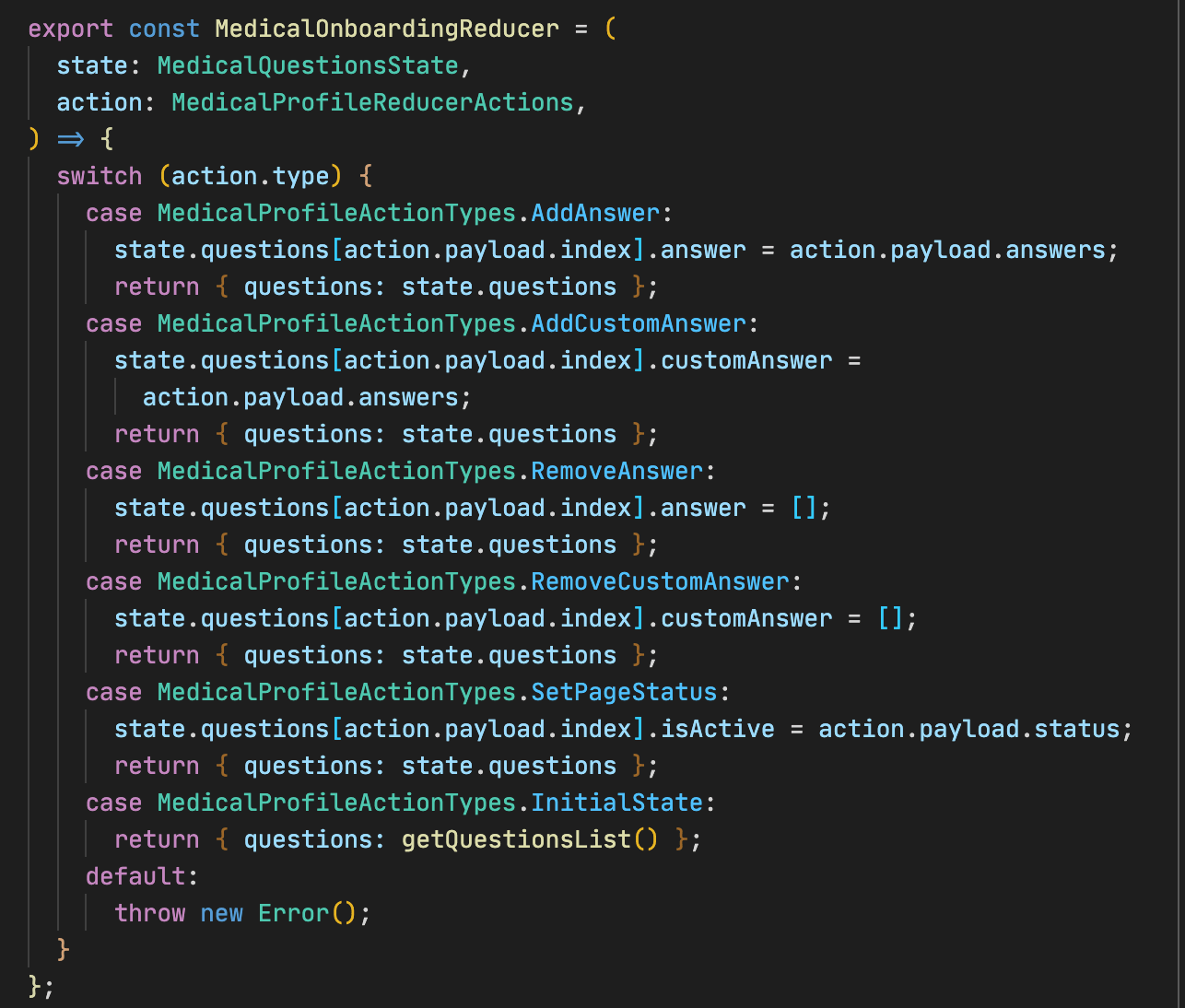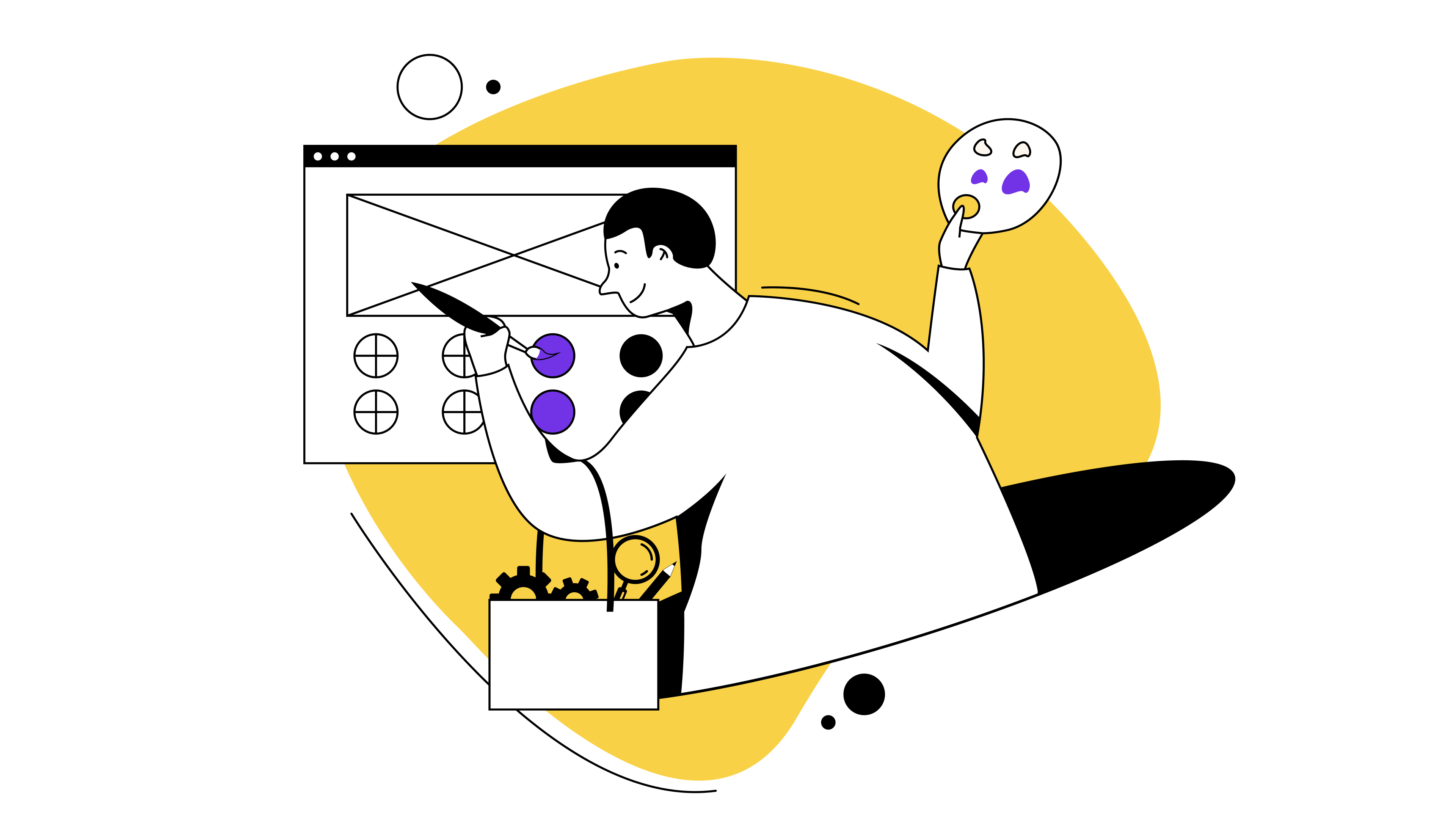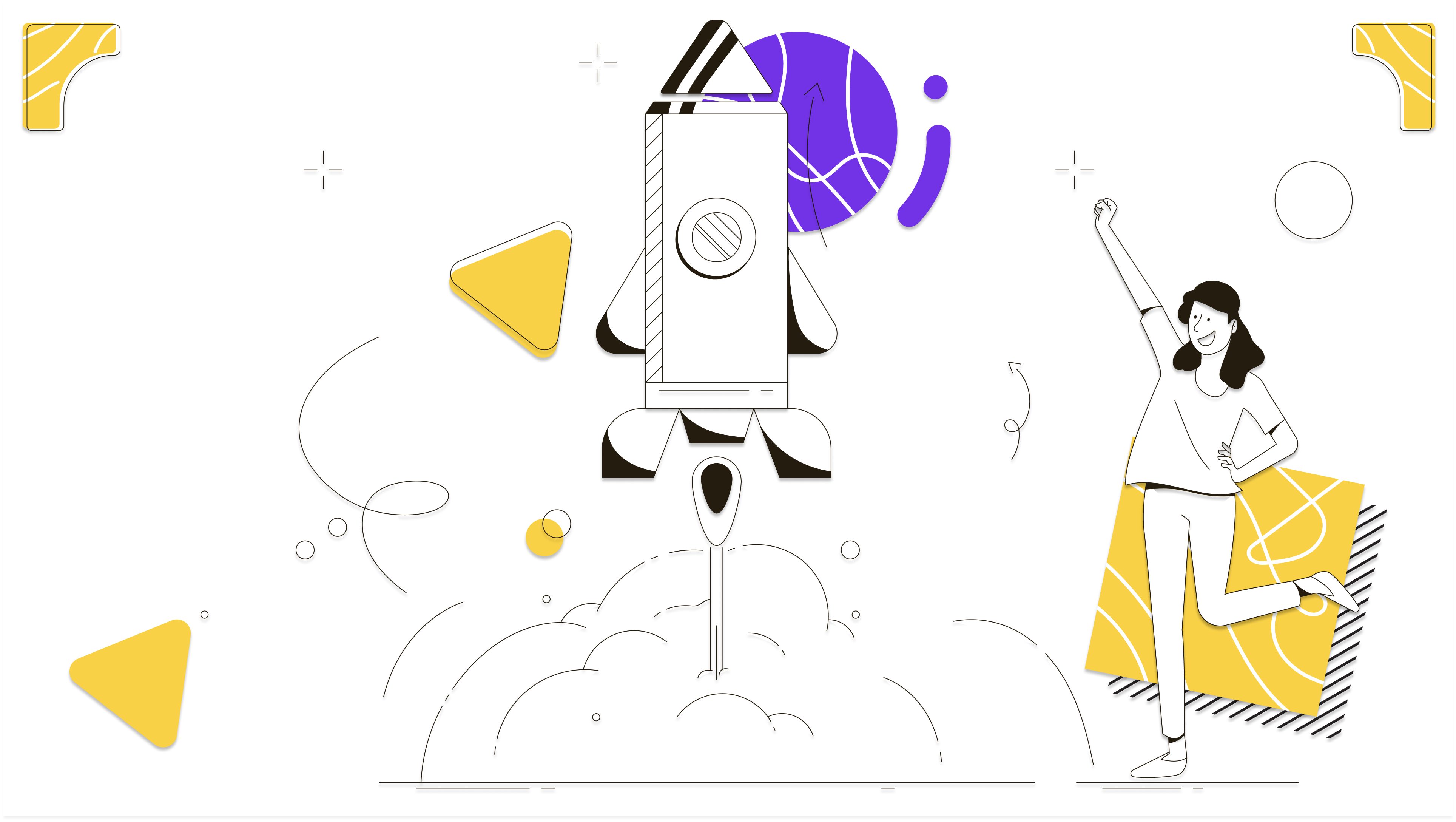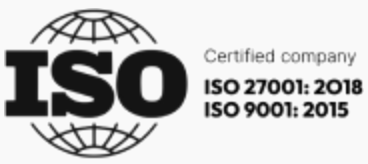In the lifecycle process of a software application, there is a characteristic phase where the application undergoes maintenance, upgrades, and version updates. Ideally there is always a process for planning, creating, testing, and deploying.
What is application management?
Application management (AM) is a set of processes, covering how an application operates, and how it is affecting its maintenance, version control, and upgrades. In other words, application management services are like an enterprise-wide endeavor. They provide guidance designed to ensure applications are still running even at peak performance and as efficiently as possible.
The entire cycle goes from the end-user experience to integration with back-office management systems, such as database, ERP, and SaaS cloud functions such as CRM.
However, there are processes such as Application Lifecycle Management (ALM) and Application Performance Management (APM). Withing these two processes, there are various stakeholders that are involved, who need to work in a collaborative manner.
To give more clearance, we are going to explain the meaning of both ALM and APM systems.
The term application performance management (APM) is already making sense from the very beginning, as it has all the necessary details within its name. Aim to deliver any sort of application-facing and performance-related toolset. Whether the tool monitors data centers, containers, cloud services, mobile devices, virtual ecosystems, or networks, application performance system is a hot topic, and every enterprise management vendor should consider it.
On the other hand, application lifecycle management (ALM) is nothing but an ecosystem that allows application managers to manage the application end to end. It is quite commonly known to comprise various stakeholders, as the ALM set of internal tools is managing the application covering every phase during its existence pre and post-launch.
Today we see more enterprises adopting agile methodology over the traditional waterfall model and moving from DevOps to more cloud-based native applications. In parallel, there is also a continuous evolution in application lifecycle management tools and processes. In an enterprise, if there are multiple applications, then the ALM processes and tools for each of them are in sync, they could transition from legacy methods to a more modern and flexible way of working.
The objective is to analyze if building a new application or buying a new one is going to help you succeed. Also, taking into consideration things like – if an application should undergo innovation or should it be replaced, or whether the applications should be on cloud or on-premises.
Key Stakeholders
We all know that specific group of people every organization has. For instance, if an organization needs to change the way it processes applications, the key stakeholders will be involved in early development meetings, explaining to the project leaders precisely what the new process should look like.
We’ve grouped some of the key stakeholders in application management.
Application Analyst
Owning the processes and the entire lifecycle management of the application falls under their responsibility. Usually, in this scenario, there would be a single analyst or a team of analysts for each of the applications.
Business unit owners
Also known as the ones who run the business, from their back seat. Seeing the application and its management from a perspective of bottom-line benefit, revenue impact, and productivity.
Developers
All the tech gurus are bestowed with the responsibility of designing, developing, and implementing the code. They are also responsible for how the integration of the application works, alongside maintenance and last, security.
Users
Using the application for their day-to-day activities. They provide constant feedback on how the application is performing, and more importantly how it’s impacting their productivity. One of the most important aspects of any application for a user is privacy policies and security.
The bottom line for an application management system is to come up with an effective code that will ensure the right performance so that any existing or potential client can attain its objective. These objectives are both technical and managerial by default, and in case of any technical disruptions, they must be detected quickly and resolved as so.
Why is it important to your business?
Application management is considered a key factor in any business’s ability to exceed its expectation and strive for innovation.
By ensuring that enterprises are aware of, and do acknowledge the need for modern applications, internal process solutions can be brought to market more efficiently, quickly, and at a lower total cost. When applications are efficiently managed, you will have time to refocus your IT resources on new business challenges and competitive social responsibility.
Additionally, a well-established application management process is more reliable and less prone to failure. Although, it can reduce the risk of downtime and improve overall business continuity.
By incorporating new features, together with all the feedback received from users, and by and challenging the team to overlook a better UI & UX experience, you are going to enhance the entire end-user experience, which will not only increase productivity but will also help accelerate the adoption of the new features.
The importance of application management to the bottom line is manifold. Efficient management strategies reduce the personal hours spent in meetings, yielding higher productivity.
Application Management & User Experience Management
Users are the most important stakeholders anyone builds the software products. Hence it only comes naturally that they should be counted in the application management processes, both in terms of lifecycle management and performance management.
From our perspective the key elements of a successful application are:
- Reliability – the application is available when you need to access it. No downtime.
- Quality – the application is fit for purpose and stays so after every update. There is a critical balance between the needs of the users and the view of the product manager which must be gently navigated. To achieve this, you need relevant user feedback.
- Speed – there are many factors that can influence the speed of the entire user’s experience, some being outside of your control. We suggest testing the application under different conditions which can be found in real life (for example an unreliable internet connection or a less optimal screen).
We believe in the great power of user experience and are willing to get involved in mapping your user journey and making sure that future updates are based on legitimate feedback and do not impact the critical aspects of the user experience.
